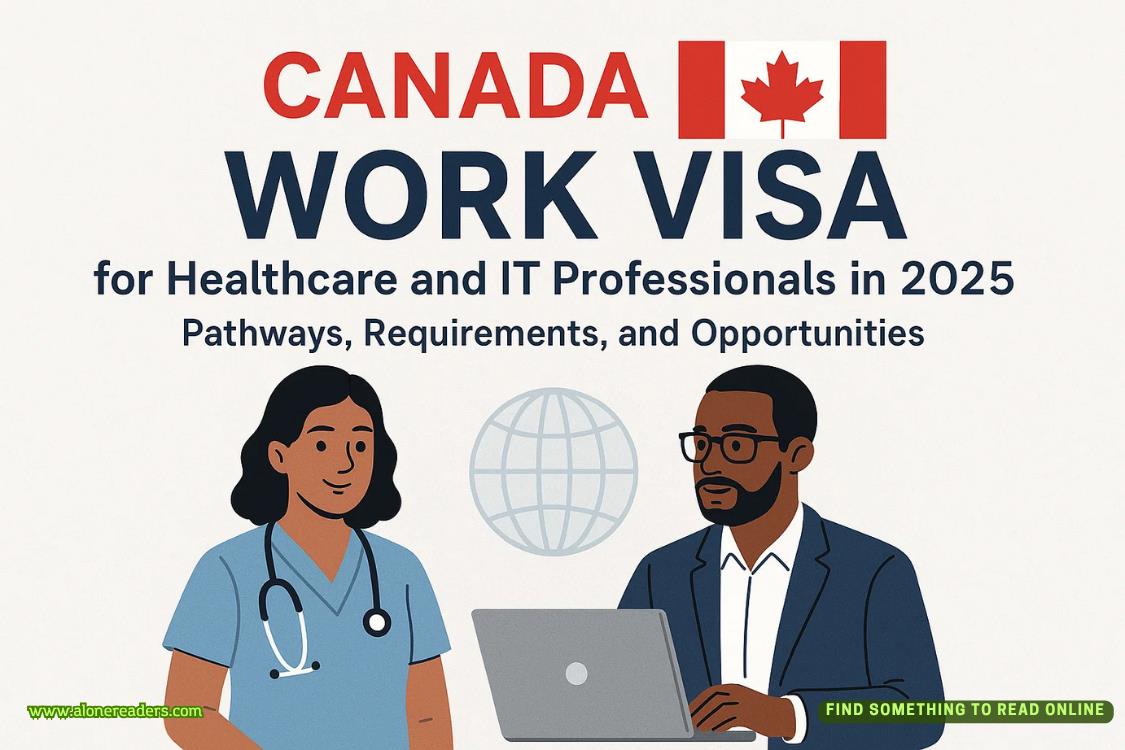Page 16 of Joy to Noel
He shuts himself in his car before I can come up with a sarcastic reply. He gives me a two-finger salute from the steering wheel as he drives past me, as if acknowledging his victory in the verbal sparring ring this morning.
Marching the distance to my cabin (all six feet), I psyche myself up to have the most productive day on record. I might need to forgo the Christmas ambiance video today in lieu of some angry-girl music to get my sass back in full swing.
Chapter nine
Liam
“You’re not in trouble. Just walk me through your routine,” I urge the timid man in front of me. He operates a forklift, unloading the deliveries of frozen meat into the freezers and then loading the pallets of packaged food onto the outgoing trucks.
As he talks me through his responsibilities and literally walks me along the paths he drives, I take notes on my tablet. Looking at the tablet temporarily distracts my mind, reminding me of my conversation with Madison last night. I quickly brush the thought away and focus on my current surroundings.
To some executives, it might seem like a waste of time to walk through the responsibilities of a forklift driver. But in order to create and optimize standard operating procedures, I first have to assess how things are currently operating. From the very beginning: unloading the raw ingredients—to the very end: loading the finished product.
Somewhere along the line, procedures have been breaking down here. And I won’t know where until I walk through every detail. When I received the initial reports from Cal, my boss in Houston, I was scratching my head as to how a production facility could be so off the mark on daily targets and so far in the red financially in such a short time.
When I’m finished taking notes on the unloading and loading processes, I stop through sanitation before entering the room where raw ingredients are mixed. An employee explains the different parts of the machinery—grinding the meat, mixing in the added nutrients andother powdered ingredients, and adding liquid until the slurry is the right consistency to be tubed onto the conveyor belt to go through the baking and cutting process.
I’m not sure I’ll be able to look at Hamlet’s food the same way again after seeing it in slurry form. I may skip lunch today.
Beau gave me a detailed tour of the entire facility yesterday, taking care to explain each piece of the machinery for me. The floor plan design and machine installation were handled by an outside company that specializes in optimizing efficiency in pet food production facilities. So, while I’m not expecting to find any breakdowns in the machine efficiency, I still want to be thorough in my assessment.
For today, I talk with employees at each hands-on phase of the process, from mixing ingredients to packaging to quality control. Tomorrow, I’ll speak with the sanitation specialists who clean the machinery and the engineers who fix it when it breaks.
The employees I’ve interacted with so far have been courteous and helpful, if a little spooked. It’s obvious that the previous closure of the meat-packing plant has everyone on edge about me being here. Like I represent an existential threat to the town’s future.
I don’t know how to reassure them that their jobs are safe other than to figure out what went wrong here. On the surface, the mismatch in production and spending doesn’t make sense. My gut tells me something’s off, and I don’t like it.
After working through lunch, I take a break in the office designated for the plant manager. After yesterday’s digging, I decided I should probably make myself at home here. I wish I could sit down with the previous plant manager and ask some pointed questions, but he’s been unreachable since being fired. Instead, I call up the chain at Pure Fur All to request a more detailed report from a comparable facility.
“I’m sorry, sir, I can’t just turn over sensitive financial information like that. I hope you understand,” the representative tells me.
Exhaling a calculated breath, I press. “No,youdon’t understand. I’ve been sent to this location by Holden Incorporated—the company that owns Pure Fur All—to ensure this facility starts hitting target numbers and turning a profit. I can’t do my job without comp numbers fromanother facility to compare and see where it’s going wrong. I need these reports sent to me yesterday.”
“Um, I’m sorry, I’m just going to need to check on your authorization,” the man stutters, mumbling something about a supervisor. I inhale slowly, pinching the bridge of my nose. Incompetency and inefficiency sit at the top of my pet peeves list.
“Listen to me carefully,” I cut in. “You’re going to write this down—Liam Park, Executive Operations Specialist with Holden Incorporated. Currently stationed at the production facility in Noel, Arkansas, with full authorization and access toany and allinformation I request. You’re going to run this information by whoever you need to run it by the second I hang up, and you’re going to have those reports emailed to me by the end of the day. Got it?”
“Uh, yes, sir, I’ll do the best I can,” he says.
“Please do,” I reply and end the call. I pick up a tennis ball from my desk and toss it at the wall a few times, bouncing questions around my mind in the process. Dialing Amanda on the office phone, I ask her to track down Beau and send him my way.
As I wait for Beau, I continue tossing the tennis ball until I miss catching it. Rather than stand to retrieve the dropped ball, I pull up Madison’s website on my phone again. The site was bare-bones basic this morning when I first searched for it. I’m curious to see if she’s made any progress on the design. After all, I need to know what kind of productivity race I’m in for today, even if the judgment is subjective.
The site looks mostly the same as before, but that doesn’t mean she hasn’t been hard at work today. She probably tackled other tasks. I suppose I’ll find out tonight.
Stop thinking about how Madison is spending her time. Focus on your own tasks, Liam.
My admonishing self-talk is interrupted by Beau’s knock on the open door. He pokes his head in and says, “You wanted to see me?”
I motion toward the empty chair across from my desk before I think better of it and stand up instead. “Never mind, don’t sit. Walk with me. I think better when I’m moving,” I say, and Beau dutifully follows me out of the office. I make my way to the empty wing where there’s plenty of open space to walk and talk without interruption.
Flipping on the lights, I start walking a circle around the room at a brisk pace. Beau falls into step beside me and asks, “So? What do you think is the problem?”
I shake my head, frustrated that I don’t have the answer. Even if I’ve only been here for two days.
“I won’t draw final conclusions until I finish my full investigation, but I don’t think there’s just one problem. There are probably several little problems—maybe some big ones in the mix. It’s not adding up, and that makes me uneasy,” I say, and Beau nods. “I requested more information from Pure Fur All that should have been sent to me from the beginning. But until they get their act together and send me comprehensive reports, I can’t make any fully-informed assessments.”
I spend the next thirty minutes walking laps around the empty room and peppering Beau with questions. I need to know if and how any processes or routines changed from the time the plant opened in October to the manager’s firing at the beginning of last month. If I’m going to take control of this mess of a factory, Ineedall of the facts—gaps in information are one of my personal circles of hell.















